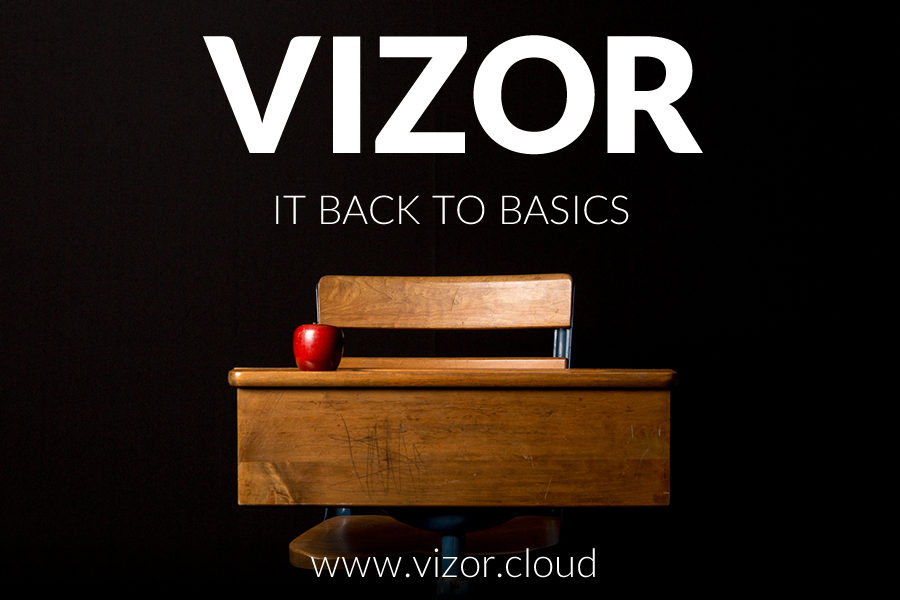Selecting ITAM / SAM tools: not a simple task
IT asset management: too broad a term?
With each new inquiry that comes to us via Google (usually…), our first challenge is always to get the inquirer to tell us what they are really looking for. Some are happy to open up and give us the background to their search, and explain their business needs and the special circumstances they have today. Others take the view that it somehow weakens their position if a vendor understands what they are looking for in a solution. We try to create the climate in which the evaluator sees that detailing requirements simply helps us to work together to either take Vector into a serious evaluation exercise or to rule us out of consideration because our focus is not quite what they were looking for. Some typical areas of uncertainty are –
Configuration details and change history
In a heterogeneous environment, it can be very useful to have detailed information on the internals of a PC or server. In a highly standardized environment, it can be of little concern. is the evaluator bothered about having a report that lists recent disk or memory changes? In many environments this isn’t a concern, but in some it is.
Software Inventory
We find a huge spread of attitudes to the fundamental principle of knowing what’s installed on the managed PCs. Machines that are imaged when they arrive in the organization, and have downloads and USB ports disabled, can be quite stable. If they are not locked down in that way, then pirated applications, malware, games, constitute a challenge that demands a response. Unless machines are held to a software template by automated configuration control tools, then it’s going to be necessary to at least know what’s installed throughout the network. And that basic requirement is then qualified by asking whether the tool being evaluated has sufficient granularity in its recording of application versions to be of use in helping maintain standard configurations.
License Management – Software Asset Management
Does the evaluator have any systems in place already for storing license information and the accompanying maintenance contracts? Do they need a product that tracks an application’s lifecycle within the organization, or simply handles each license purchase? Do license purchases need to be associated with particular PCs or groups or PCs? What is the level of integration required between the software asset register and any hardware asset database? Is the customer interested in optimizing software licensing based on detailed usage information, or primarily concerned with license compliance?
Policy-driven license allocation
We often find organizations have no direct way of assessing their application software requirements. The data arrives piecemeal as separate departments define their needs, and as individual departments can grow and contract quite independently, the total requirements for any given application can change over time unpredictably. With a policy-based tool, the customer can nominate combinations of departments (or AD OUs, or any other relevant groupings) for each application, or set of applications. The policy for a given application then provides some insight into the total licensing requirement. Departments can be consulted to find out their expections of expansion or contraction, enabling the SAM team to forecast overall requirements. For most organizations, without the necessary tools, this sort of planning and control is way out of reach.
Change Management
For many evaluators, the goal is to move from a mish-mash of spreadsheets to a useful, accessible, shareable, asset database. But they are still essentially in a passive mode, simply trying to maintain current data and an up to date picture as the environment changes day-by-day in response to changing business needs. For some who are willing and ready to take the next steps, the proper management of change is the next challenge. Maybe they have become converts to ITIL’s emphasis on change management; maybe they have simply recognized for themselves that quality of service will improve if any instance of change is properly defined, implemented and tested under strict procedural controls.
The value of dialog
So, when a new request to evaluate Asset Manager Pro arrives, we attempt to get the requester to open up with us. We have no interest in wasting their time, or ours, if we can see that their focus is not well aligned with ours. For example – No, we don’t have depreciation formulae built in to our asset database. You can export age and value information in an .XLS file for external manipulation, but if you really want depreciation built in, then we’re not for you – not yet anyhow. If you want network topology mapping with Visio export, we’re in good shape, but no, we don’t provide application dependency mapping.
The consultational sales approach emphasizes the value placed on a long term relationship based on satisfaction of customer need, and puts it at least on a par with the revenue from the initial transaction.
Do you need a tool to manage IT Assets?





